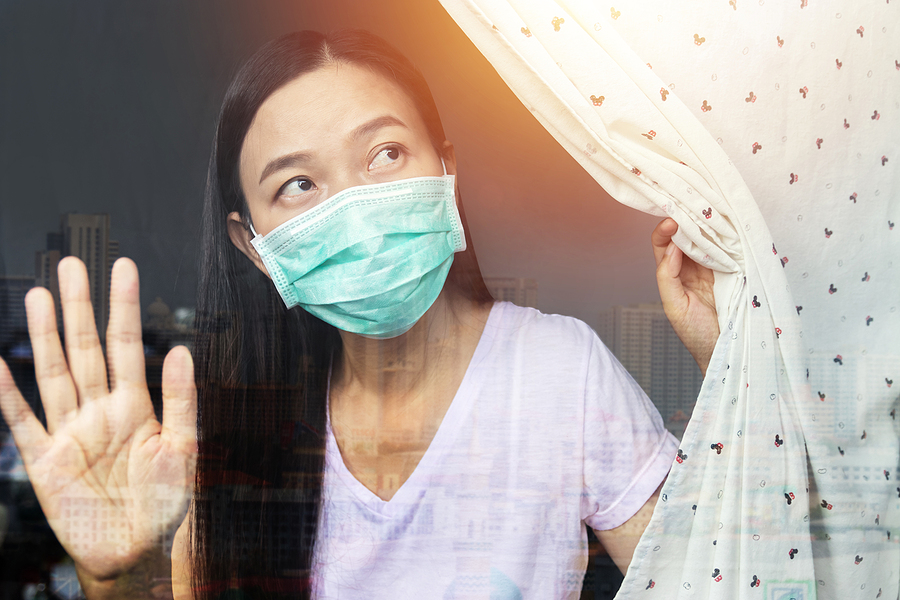Over the past year, the words “isolate” and “quarantine” have been used a lot. But their meaning still isn’t clear for a lot of people. No one wants to get sick with a deadly virus or pass COVID-19 along to someone else. So, when should you isolate or quarantine, and for how long?
When to Isolate and for How Long
If you have a confirmed COVID-19 test or are sick, you need to isolate. If you have a positive test, even if you don’t feel sick, it’s important that you stay away from other people. Doing this can help avoid the spread of the virus.
What is Isolation?
Isolating is just what it sounds like. You don’t go outside your home unless you need urgent medical care. This includes avoiding public areas, work, school, or public transportation. If you must be around anyone, wear a mask. And be sure to let people you’ve been in contact with know that you are sick or have tested positive for the virus so that they can quarantine.
How Long to Isolate
You must continue to isolate until all of the following are true:
- It’s been at least 10 days since the onset of your symptoms, AND
- Your symptoms are improving, AND
- You’ve gone at least 24 hours without a fever.
If you never had symptoms, you should isolate for at least 10 days since the date of the positive test.
When to Quarantine and for How Long
You should quarantine if you are waiting for the results of a COVID-19 test OR you were in close contact with someone that tested positive for COVID-19.
What is Close Contact?
The CDC defines “close contact” if any of the following are true:
- You had direct physical contact with a person (kissing or hugging);
- You provided home care to someone with COVID-19;
- You were within 6 feet of someone with COVID-19 for 15 minutes or more;
- A COVID-19 positive person coughed or sneezed on you; or
- You shared drinking or eating utensils with a person.
How to Quarantine
The CDC recommends that a person in this situation quarantine. Specifically, this means that you should:
- Stay home for 14 days following the last contact with a person that has COVID-19.
- Stay away from others, particularly anyone with a high risk of getting very ill from the virus.
- Watch for cough, fever, shortness of breath, and other symptoms.
Ways to Reduce Quarantine Time
You may be able to reduce the time you have to quarantine if you meet a few requirements. The CDC suggests that you follow the recommendations of your local public health officials. In some areas, the options for a shorter quarantine period include:
- After 10 days without symptoms or testing
- After day 7, if you receive a negative test that was taken no earlier than day 5
After you stop quarantine, you should continue to watch for symptoms until you reach two weeks following exposure. If you do have symptoms, isolate immediately and contact your healthcare provider. The CDC also recommends that everyone continue to socially distance, wear face coverings, wash hands frequently, and take other steps to prevent the spread of COVID-19.
If you have any questions about when to quarantine or stop your quarantine, reach out to your healthcare provider. MedTrust is a leader in mobile healthcare in the south, recently being named #1 on South Carolina’s Top 25 Fastest-Growing Companies list. We operate 24/7 365 ambulance services serving hospital systems throughout the southeast.
Contact us to learn more about our service or to find out how you can become part of our growing team of professionals.

